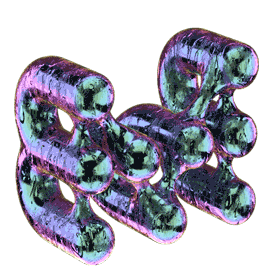



















IPS TYPOGRAPHUS
The story you are about to read – or perhaps rather be swallowed by – is written on the walls of the gallery space. The intervention was conducted by Stachu in collaboration with legions of bugs as a part of a long-lasting psychedelic therapy session. The goal of this interspecies cooperation was to visualize the fears and anxieties that stay in the way of a friendly coexistence of humans and bugs. Even though it may now appear as a creepy bark beetle bone chapel, the future will acknowledge it as something like a cave painting from the turbulent dusk of the Holocene, when Gregor S. was just a literature protagonist and the human-bug era was about to take off.
For most of his life, Stachu has lived in the Giant Mountains (believe me or not, this is the English translation for Krkonoše). Even though he is much less present in his family home these days, in the long summer months he enjoys his escapades into the wild. Walking from Bogatynia to Broumov and back and exploring the territories of the mountains, artificially divided by the state border. The border is understood as a meeting point of what we consider nature or natural and culture or artificial remains a constant element in Stachu’s work. The ornament-like forms appear on wooden bones eaten by the bark beetle. The aeographic gradients emerging from the surface of an abandoned building as if graffiti was some kind of a lichen, slowly covering every inch of concrete. Thick branches in the shape of skeleton hands, reaching out for you as in some kind of twisted Disney cartoon. And all of the silhouettes resembling stalactites, rocky mushrooms, cranks in the sandstones, gargoyles, and hazy devil heads. All of a sudden you realize that the origin of this murky gothic style that dominates Stachu’s work is derived directly from the forest – the darker, more human resilient side of the Giant Mountains.
txt by Piotr Sikora



